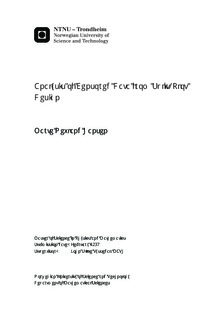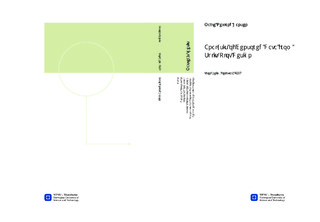| dc.description.abstract | In reliability theory, there are often data missing due to censoring. Such incomplete datasets are usually difficult to analyse. The exact value of the censored data is not known, but some information exists. That is, the value is higher than the censoring limit if the data is right censored, or lower for left censoring. Statistical analysis methods assume complete data, thus the censored data needs to be estimated. The missing values are replaced with fictional values, found by different methods, making the dataset a fictional complete dataset. To get good results from the analysis, the estimated values of the missing data should be as close to the original data as possible. In this thesis, the goal has been to analyse censored data from split-plot design. A design performed in split-plot manner induces correlation among observations. Two censoring methods have been tested; the quick and dirty method and the maximum likelihood method combined with multiple imputation. In the latter, the variance of the different parts of split-plot design were estimated, and then used to estimate the effects of the factors. Some of the factors, the ones that seem to be of less importance, must be removed for maximum likelihood and multiple imputation to create the variances. If done carefully, the analysis gives information of the factors with most influence. The performances of the methods are evaluated through three examples, and two different types of censoring, right and left censoring. Numerical results are obtained from implementations in the programming language R.
The results in this thesis show that both methods give good estimates for the effects of the factors. However, the quick and dirty method is not a safe method if there are many censored observations or a big gap between the censoring limit and the true value of the censored observations. The outcome of this thesis indicate that multiple imputation using the maximum likelihood estimator is the most accurate and safe method. | |

